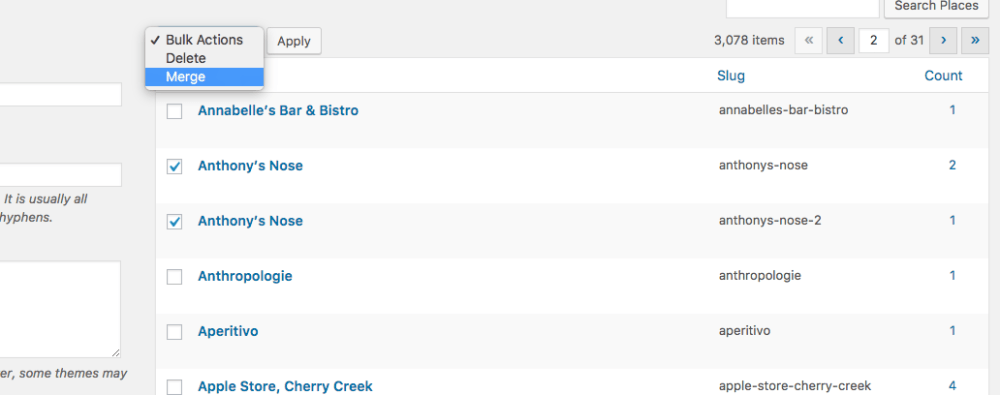Now that I own my own house, and some of the technologies involved are a bit more stable, I’ve gotten into the idea of home automation a bit more. Here’s a quick run down of my current configuration.
At the center of most things, I have a wink hub (first generation). I configure as much as possible through that, since it simplifies interacting with them if they’re all available in one place.

From there, I have 2 Schlage Connect deadbolts (house and garage doors), which are both programmed with the same set of user codes (has to be done manually). It’s nice to be able to control codes from within the wink app, vs using the on-pad controls.

To control lights, we have 3 rooms converted over to Lutron Caseta light switches (so far, I’d like to do a few more). This makes it easy to control an entire circuit (all 3 rooms are controlling either 3 or 6 bulbs, so they’d be expensive to convert using individual smart bulbs). They’re super easy to install, and you don’t need their hub thing if you have the wink, which is compatible. I also have 3 iHome Smartplugs, which plug into an outlet, and then let you plug in any standard lamp/appliance, and control it. I don’t love the Smartplugs, and have had some trouble with them dropping their connections, but when they work they’re fine.
Separately, I also have 2 LIFX bulbs, which can be controlled directly, so they are in a couple of lamps that could otherwise be controlled via Smartplugs (I got these bulbs from their Kickstarter way back).
To control all of the above, I actually have everything configured in both an Amazon Echo, and a Google Home. Redundancy FTW, and it’s fun to experiment with each platform.
Technically, also connected to the wink hub, we have some Nest Outdoor security cameras, which have been really fun to play with. I’ve even hooked up a system to automatically take snapshots, which is interesting for comparing seasonal shade profiles for gardening purposes.
Apart from those power/control/security devices, we’ve also current got an Apple TV, a Chromecast (integrates really nicely with the Google Home), and I use Automatic in my truck.
I’ve played around a bit with configuring shortcuts and “robots” (automations), but really haven’t found many that are that useful to be honest. Probably the best one is one that just turns on our kitchen light when we open the back door (which opens basically into the kitchen). I think one of the biggest problems is that I don’t have a great system for handling “presence”, which needs to take me and Erika into account. Without that, anything I automate based on my presence is likely to just be an annoyance for her if she happens to be at home when I’m not (or vice versa).
Areas that I’d be curious to look into automating would be thermostat control (long story as to why I haven’t done this already), external temperature/precipitation, combined with irrigation, and possibly window coverings.




















